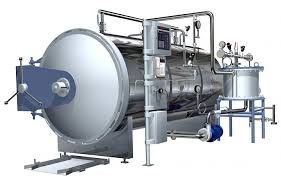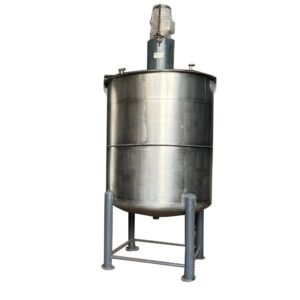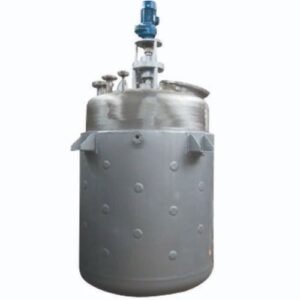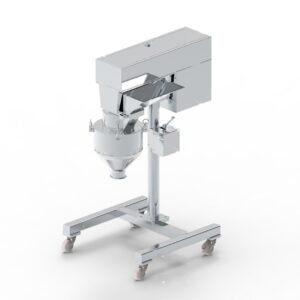Description
An Industrial Autoclave is a large, high-pressure vessel used for a variety of applications, including sterilization, pasteurization, and chemical processing. It works by using steam or other media under pressure and elevated temperature to carry out processes that require controlled heat, pressure, and time. In industrial settings, autoclaves are essential for ensuring product safety, quality, and consistency.
Key Features of an Industrial Autoclave:
Pressure and Temperature Control:
Pressure: Industrial autoclaves are capable of reaching very high pressures, often exceeding 100 psi (pounds per square inch), and can be set to operate at pressures of 2–3 bar or more.
Temperature: The temperature in an autoclave can be adjusted to suit the specific process, with most autoclaves operating in the range of 121°C to 135°C (250°F to 275°F) for sterilization, but higher temperatures may be used for other purposes like curing or polymerizing.
Sterilization:
Autoclaves are widely used in sterilizing medical instruments, food products, and pharmaceutical products. This is achieved by applying pressurized steam to destroy bacteria, viruses, fungi, and other microorganisms.
Automated Control Systems:
Most industrial autoclaves come with programmable control systems that allow operators to set specific parameters for pressure, temperature, and time. This ensures the process is consistent and repeatable.
Digital Displays and touchscreen controls make it easy for operators to monitor and adjust settings during the sterilization or curing process.
Loading and Unloading Systems:
Autoclaves are designed to handle large quantities of items. They may include mechanical loading and unloading systems (like trolleys or baskets) to help with the ease of handling products being processed.
Larger industrial autoclaves are often equipped with automated handling systems to reduce labor and improve efficiency.
Safety Features:
Pressure Relief Valves: To ensure the pressure inside the autoclave doesn’t exceed safe limits.
Over-temperature Sensors: To prevent overheating, which could damage products or the autoclave.
Interlocking Doors: The doors are locked during operation to prevent accidental opening under pressure.
Emergency Shutdown: Some systems are equipped with an emergency shutdown mechanism to stop the autoclave in case of failure.
Materials and Construction:
Autoclaves are typically made of stainless steel due to its strength, corrosion resistance, and ability to withstand high pressure and temperature.
The internal chamber may also be made with specialized coatings or linings depending on the application (e.g., for chemical processing).
Multi-chamber Design (for large-scale operations):
Some industrial autoclaves have multiple chambers, allowing different products to be processed simultaneously or in sequence, improving throughput and efficiency.





Reviews
There are no reviews yet.